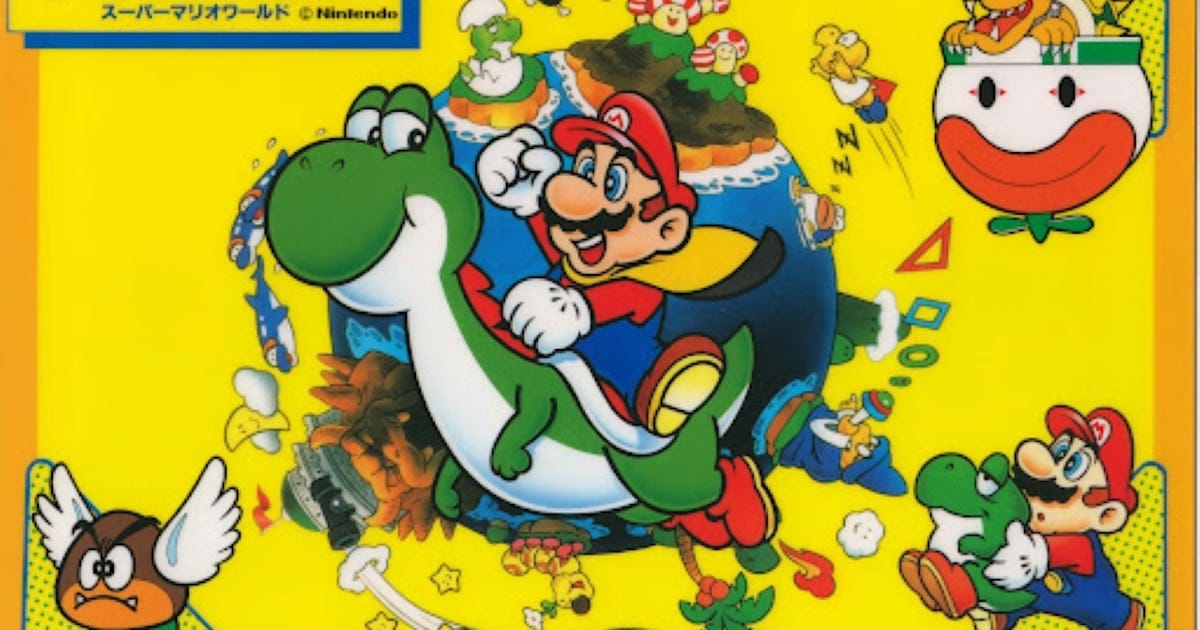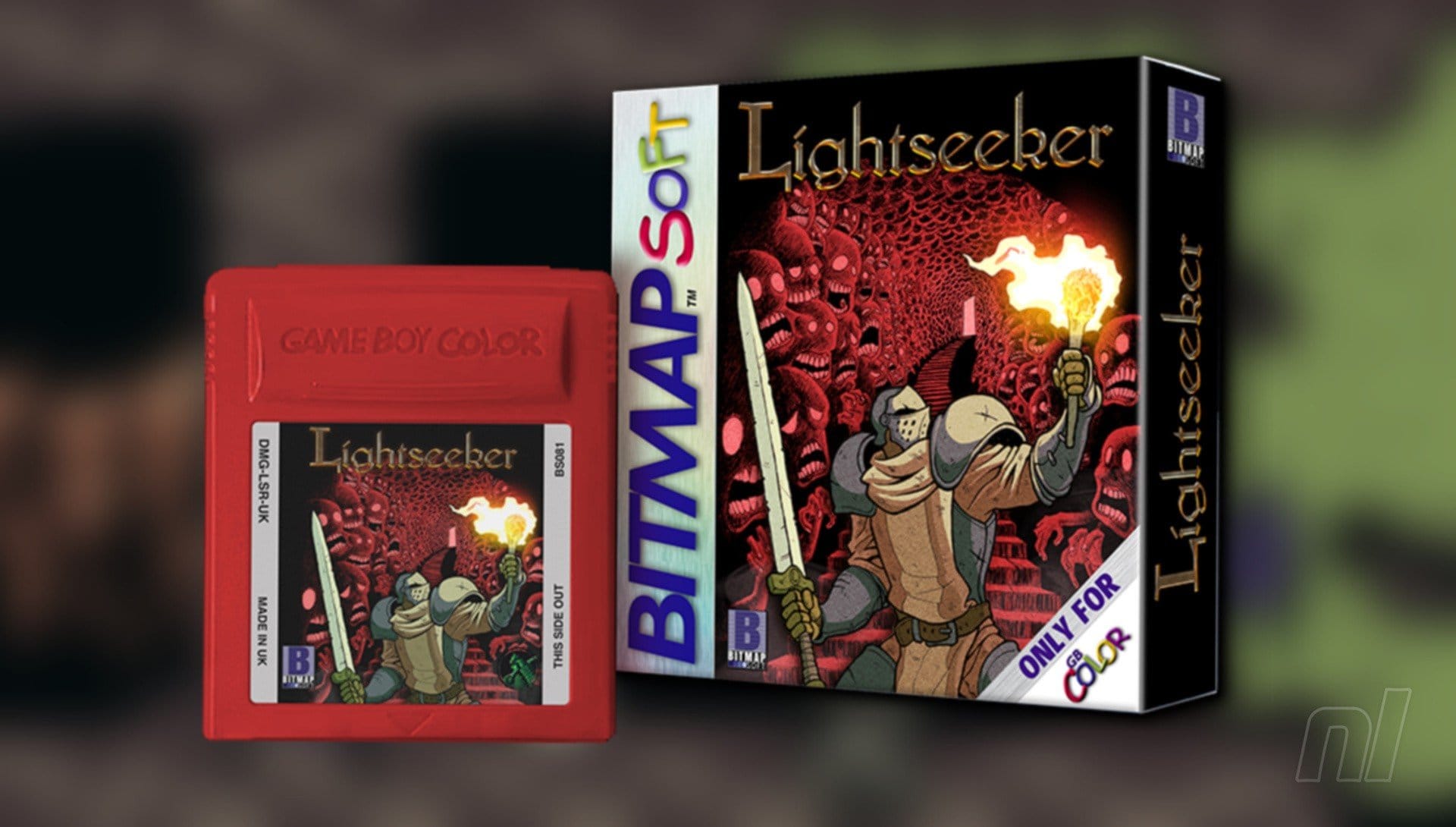How a 16-Month Delay Rescued Super Mario World
Super Mario World nearly launched as a routine sequel, until a delayed Super Famicom release gave Miyamoto’s team time to reshape it into the 16 bit masterwork that defined the SNES era and set the gold standard for retro platformers.

Super Mario World almost became a forgotten footnote in gaming history until an unexpected console delay transformed Nintendo's flagship title into a genre-defining masterpiece.
When the Super Famicom launch shifted from July 1989 to November 1990, Shigeru Miyamoto's team gained precious development time to overhaul what critics had initially dismissed as merely 'Super Mario Bros. 4'. That extra breathing space allowed the creators to evolve a straightforward NES sequel into the revolutionary Super Mario World we celebrate today.

Development had begun in 1988 under Miyamoto and producer Takashi Tezuka, fresh from their triumph with Super Mario Bros. 3. However, transitioning to the SNES presented more than just technical upgrades; it demanded a complete reimagining of Mario's movement and world. The team suddenly had access to greater memory, processing power, and creative tools than ever before. This freedom sparked experimentation that would define the game's most iconic features.
Meanwhile, Yoshi, originally conceived during the first Super Mario Bros. development, finally found his moment. Miyamoto had long envisioned Mario riding a dinosaur companion, but the NES hardware limitations made this impossible. The SNES, however, provided the necessary capacity. Consequently, Yoshi became a mechanical centrepiece, offering new navigation possibilities and secret-discovery methods that transformed gameplay.
The delayed launch proved transformative. Super Mario World evolved from a prettier Mario Bros. 3 into a blueprint for 16-bit design excellence. Critics immediately recognised it as an instant classic, praising its precise controls, inventive level architecture, and astonishing density of secrets. The game managed to feel both comfortingly familiar and thrillingly innovative—a hallmark of Nintendo's finest work.
Commercially, it became a phenomenon. Bundled with the SNES in most territories, Super Mario World sold over 20 million copies, establishing itself among the best-selling titles of the 16-bit era. More importantly, it cemented the SNES as a worthy successor to the NES, reassuring consumers about Nintendo's future direction. For many players, it defined early-1990s gaming culture.
Furthermore, its influence extended far beyond sales figures. The cartridge that accompanied countless consoles became the subject of playground secrets and heated debates about reaching Star Road or conquering the Special Zone. Gaming magazines and guidebooks thrived on revealing solutions to all 96 level exits, introducing a generation to completionism. Nintendo Power dedicated extensive coverage to its secrets just one month after the US launch.
Super Mario World's legacy remains undeniable. Mechanics pioneered here,particularly Yoshi and branching world maps with multiple exits, shaped the franchise for decades. Hidden exits leading to entirely new zones became staples of future 2D Mario games, while Yoshi evolved into one of Nintendo's most beloved characters with his own series. The game set the gold standard for 2D platformers in responsiveness, exploration, and elegant complexity.
More than three decades later, Super Mario World stands as a masterclass in game design. It wasn't merely an introduction to the SNES; it was Nintendo's mission statement for the 16-bit era. The game promised, and delivered, a brighter, more surprising, and infinitely more creative future for gaming, proving that sometimes the greatest innovations emerge from unexpected delays.




